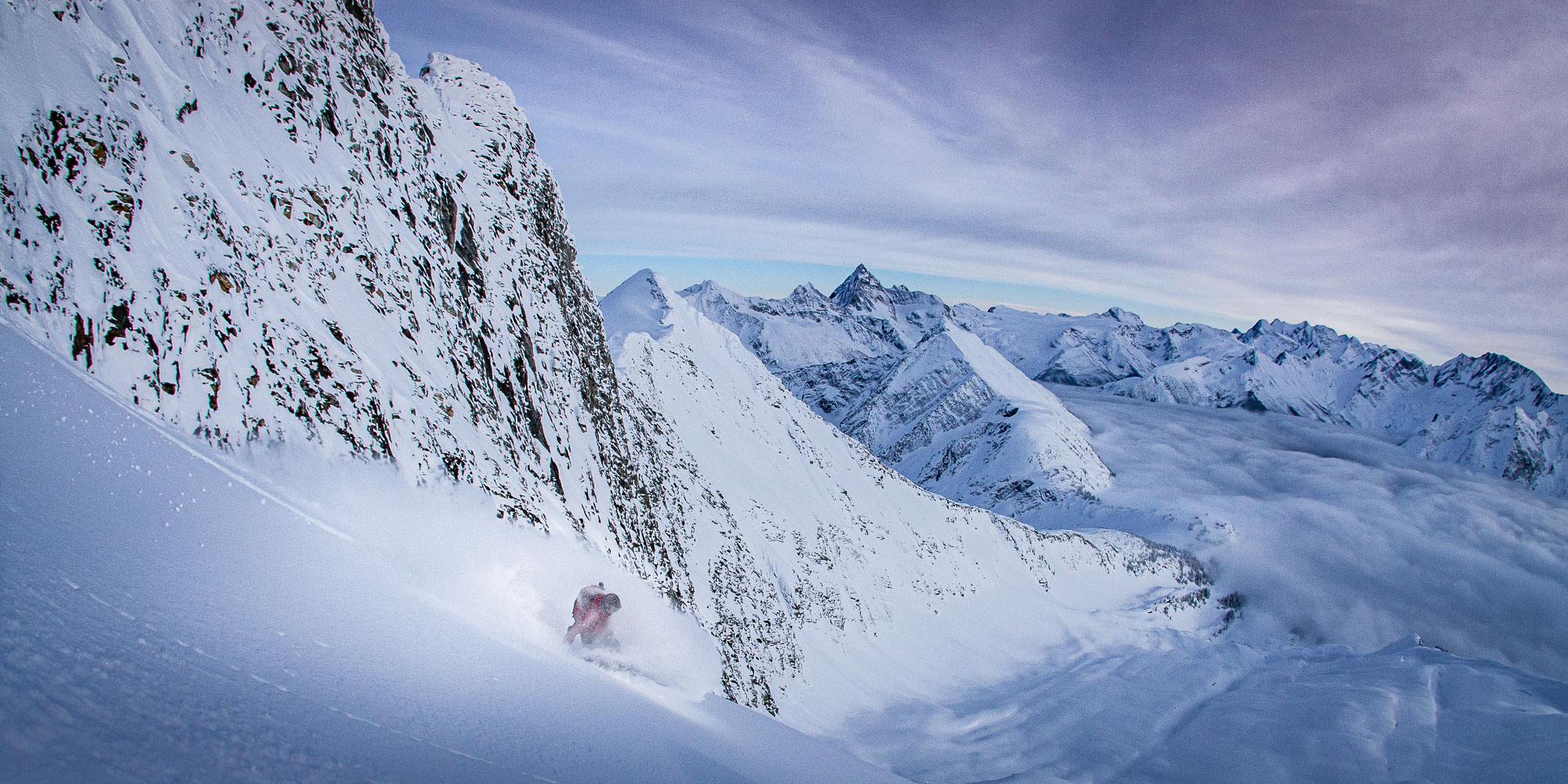Avalanche Transceiver Interference
Electronic devices interfere with your avalanche transceiver’s ability to transmit and receive signals.
In this day and age, electronic devices are part of our daily lives. They are a means of communication, navigation, documentation and often times people have several different devices on them at any given time, even in the backcountry. However they cause electromagnetic avalanche transceiver interference. The question is, “How do we manage them while travelling in avalanche terrain?”
In this blog post, we’ll endeavour to explain:
-
What electronic interference is.
-
Which devices create electronic interference.
-
Best Practices for managing electromagnetic interference while in avalanche terrain.
Avalanche transceivers are marginally tough (They can withstand perspiration and daily use.), but sensitive (They don’t like being dropped or having metal or electronic devices near them.). They send and receive a 457 kHz signal for the purpose of locating a buried person in an avalanche, treewell or other means of snow immersion. Most avalanche transceivers have a reception range of 30-70m, meaning the searcher has to be within 30-70m of the buried transceiver to receive the emitted signal.
What is Electromagnetic Avalanche Transceiver Interference?
It is interference created by the electromagnetic field electronic devices emit, such as cell phones, GPS units, speakers, heated gloves, smart watches, Gopros, cameras, pacemakers, radios, magnets, metallic objects, Recco chips or anything else electronic, metallic or magnetic. Ultimately, this interference inhibits avalanche transceivers’ ability to send and receive a signal.
Search Mode: In the search function, reception distances will be reduced and there is a potential for false distance/direction readings and/or problems processing multiple burials .
Transmit Mode: In the transmit function, the distance which the signal is emitted is also reduced (up to 30%).
Best Practices for managing Electromagnetic Avalanche Transceiver Interference while in avalanche terrain.
- Keep all metallic/magnetic objects and electronic devices at least 30cm/ one foot away from your transceiver.
- Turn electronic devices off while in avalanche terrain.
- Bluetooth functions should be turned off.
- Start of day transceiver/ electronics check. At trailhead, verify everyone in the group has turned devices off and has no metallic/magnetic objects near their transceiver (Consider Black Diamond Magnetron carabiners’ location if you’re on a glacier or climbing.); this can be done at the same time as your daily transceiver check.
- If you must use a cell phone, it should be at a minimum in airplane mode, however, even in airplane mode, a cell phone will interfere with your transceiver while searching.
- Invest in an Arctos Guides Faraday pouch/cage and carry your phone in it and 50cm away from your transceiver. If you regularly use your phone for navigation or photos, this is absolutely necessary.
- Develop a system for carrying your devices and stick with it. Repeatable and sound habits take the pressure off on the spot decisions. Figure out where you can comfortably carry/wear your devices in relation to your transceiver in the early season.
- In the event of an avalanche burial and rescue, all phones should be turned off. The search leader should check all rescuers for electronics, just as they should check that every rescuer has turned their transceiver into search mode. Electronics should be kept 50cm/1.5 feet away from searcher’s transceivers.
- If a cell phone is your means of communication with outside resources in the event of an avalanche rescue, the active phone should remain with the search leader and away from searchers.
If you’re interested in learning more about backcountry travel in avalanche terrain or would like to improve your avalanche rescue skill set, drop us a line to set up a personalized course.
References:
Barkhausen “The Effect of External Interference on Avalanche Transceiver Functionality”
Forrer, Muller, Dammert “The Effect of Communication Equipment on Avalanche Transceivers”
Meister and Dammert “Effect of Consumer Electronics on Avalanche Transceivers”
Orloff “Distance between Electronic Devices and Avalanche Transceivers on a Professional Ski Patrol”







